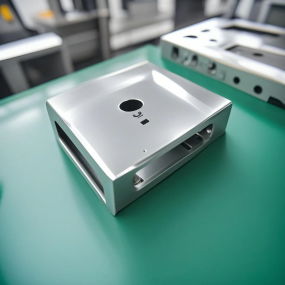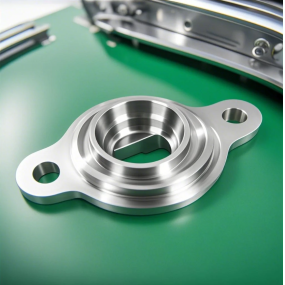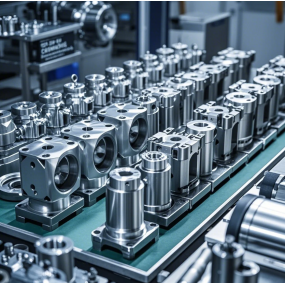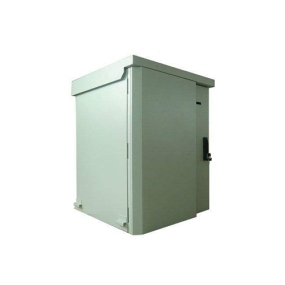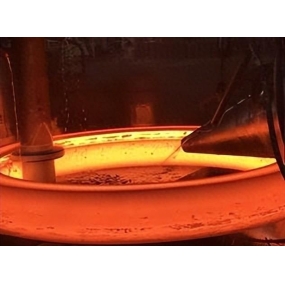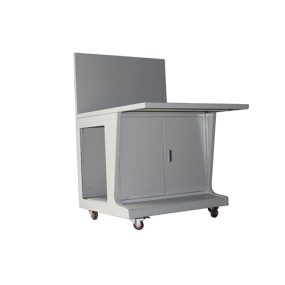Metal Stamping parts are widely used in various aspects of our lives, and their requirements are becoming increasingly high. Therefore, it is necessary to have some inspection standards for metal stamping parts to ensure the quality and stability of stamping products. Next, the editor from Yiwei will introduce the inspection standards for metal stamping parts.

1. Part Inspection Guide (Standard) Book
Simple metal stamping parts can be inspected by comparing various dimensions marked in the drawings, followed by the use of various measuring instruments such as tape measures, calipers, and stop and go gauges. Also, pay attention to some important tolerances marked on the drawing and ensure that the tolerance range is consistent with the drawing. For some high-precision products, strict tolerance requirements are required.
2. Sample of metal stamping parts
For some parts without gauges but with complex shapes that cannot be expressed in two-dimensional drawings. You can use a quadratic circle test. The signboard is a very intuitive reference, which can indicate whether the structure is qualified, surface treatment, and batch sharpness.
3. Excellent materials for metal stamping parts
The adaptability of metal stamping materials to stamping forming processes becomes the stamping forming performance of sheet metal, including fracture resistance, mold adhesion, and formability.
1) Fracture resistance refers to the ability of stamping materials to resist rupture, generally measured by parameters such as forming limit;
2) Pastability refers to the ability of sheet metal to achieve consistency with the shape of the mold during stamping and forming;
3) Crystallization refers to the ability of a component to maintain its original shape within the mold after demolding. It is obvious that the greater the forming limit, the better the adhesion and formability of the material, and the better the stamping performance of the material.
4. Special inspection tool for metal stamping parts
The specialized inspection tools for metal stamping parts should be based on the actual situation of the parts and require proficient use.
The above are the inspection standards for metal stamping parts. For products with extremely high requirements, Yiwei Precision has specially developed automated visual inspection equipment for quality inspection. Automated visual inspection equipment can perform 100% inspection on products, and the internal high-resolution dedicated camera can inspect products from various dimensions to determine whether they meet the standards. This can achieve the goal of maximum detection efficiency while ensuring 100% reliability of component quality.


 Spanish
Spanish Arabic
Arabic French
French Portuguese
Portuguese Belarusian
Belarusian Japanese
Japanese Russian
Russian Malay
Malay Icelandic
Icelandic Bulgarian
Bulgarian Azerbaijani
Azerbaijani Estonian
Estonian Irish
Irish Polish
Polish Persian
Persian Boolean
Boolean Danish
Danish German
German Filipino
Filipino Finnish
Finnish Korean
Korean Dutch
Dutch Galician
Galician Catalan
Catalan Czech
Czech Croatian
Croatian Latin
Latin Latvian
Latvian Romanian
Romanian Maltese
Maltese Macedonian
Macedonian Norwegian
Norwegian Swedish
Swedish Serbian
Serbian Slovak
Slovak Slovenian
Slovenian Swahili
Swahili Thai
Thai Turkish
Turkish Welsh
Welsh Urdu
Urdu Ukrainian
Ukrainian Greek
Greek Hungarian
Hungarian Italian
Italian Yiddish
Yiddish Indonesian
Indonesian Vietnamese
Vietnamese Haitian Creole
Haitian Creole Spanish Basque
Spanish Basque


